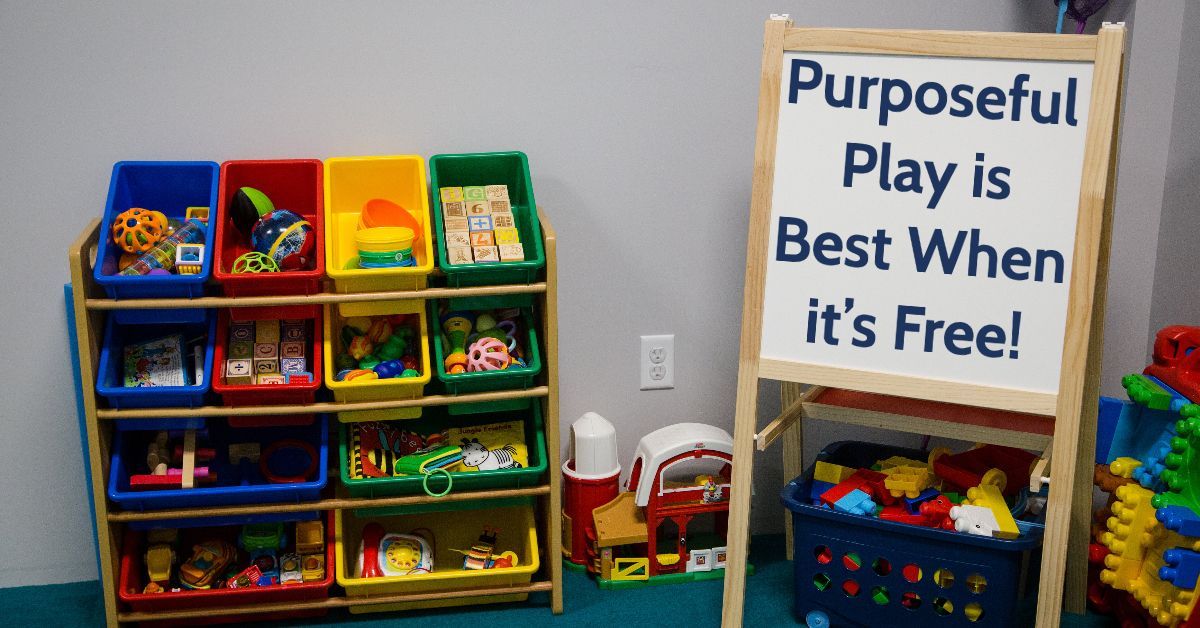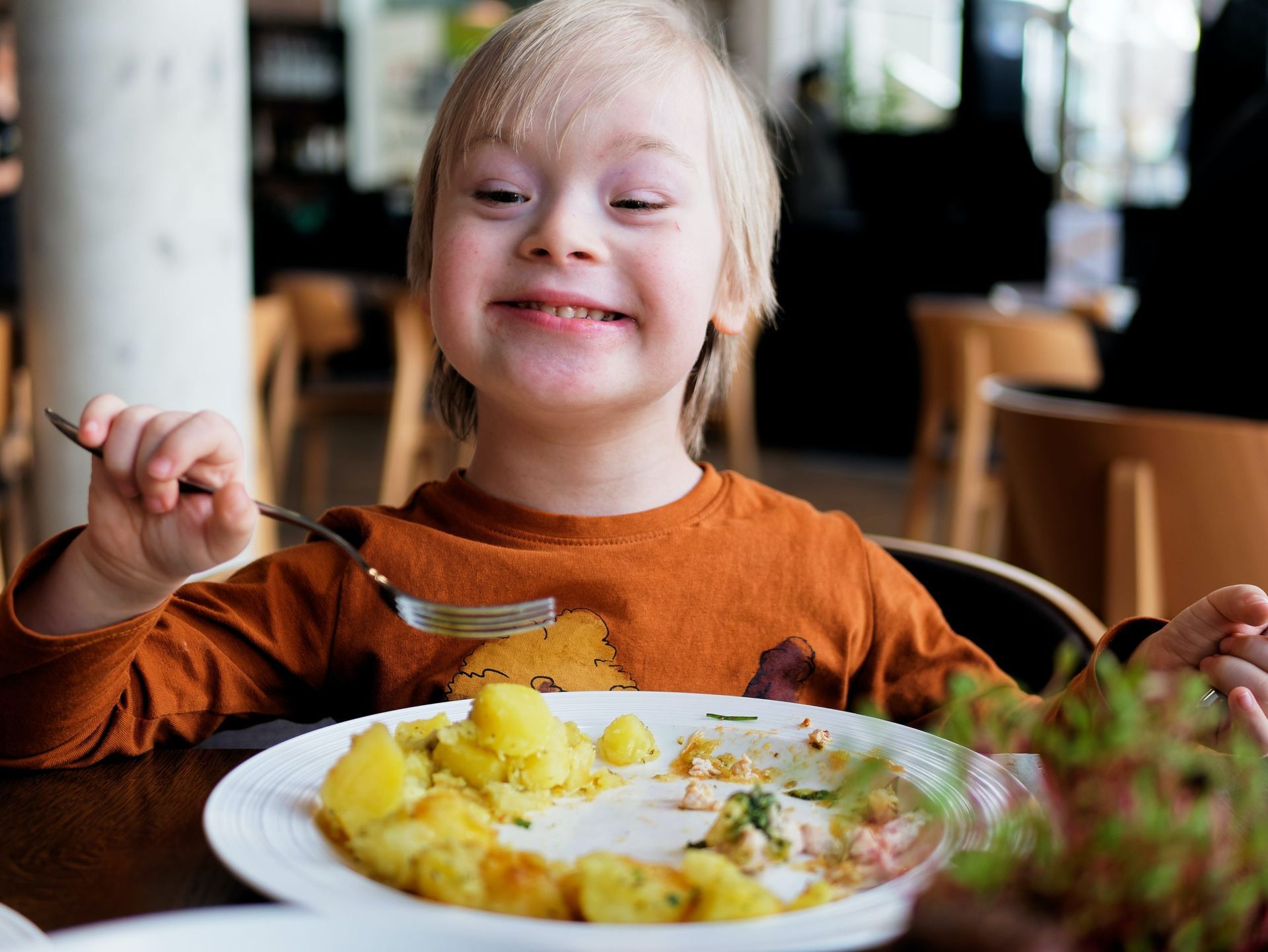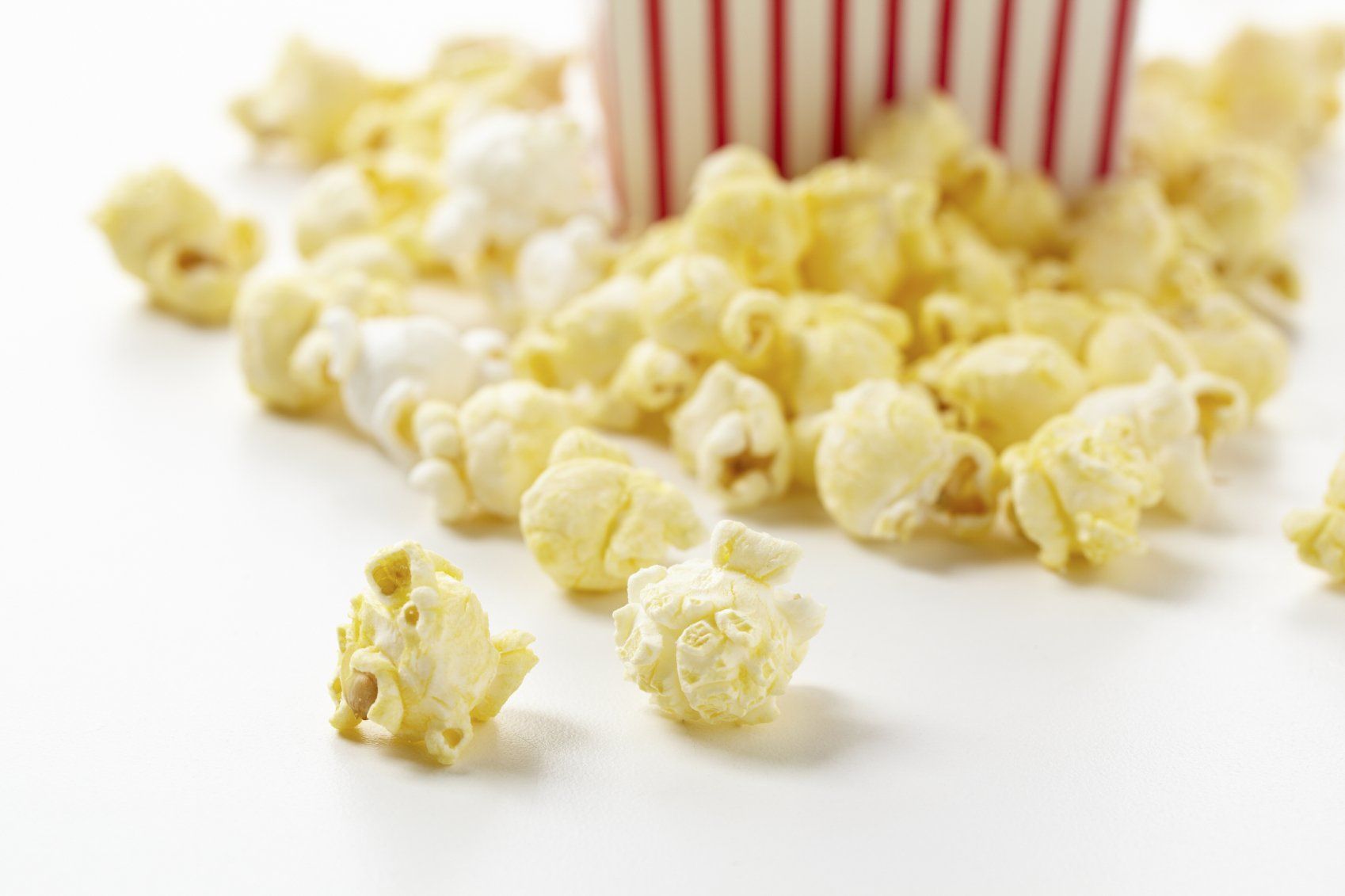Purposeful Play is Best When it's Free!
Purposeful Play Is Best When It's Free

In this week's podcast episode, we interviewed Courtney Young, a pediatric physical therapist with experience working in the neonatal intensive care unit, an inpatient pediatric rehabilitation center, and in outpatient pediatrics. Courtney gave us some excellent information about what to expect throughout the first year of development. She also gave us some great recommendations for ways to work on these activities at home. In this blog post, we are going to share a few more creative ideas to integrate purposeful play while working towards developmental gross motor milestones throughout the first year!
Tummy Time:
1. Lay the baby on parent's chest when they are laying down or in a recliner
2. Put the baby on an exercise ball or with a boppy under their elbows to make it a little easier to push up
Pro Tip: If your baby is struggling to tolerate tummy time, try getting on the floor with them or putting them in front of a mirror with some toys that can suction to the mirror. You can also try placing the baby's elbows under their shoulders to help them press up and build strong shoulder muscles.
Sitting:
1. Sitting in a laundry basket. This can be a great one to work on supported sitting, or you can gently move the laundry basket around for more of a challenge.
2. Sitting on a couch cushion, exercise ball, or anything squishy.
3. Sitting on a blanket while being pulled around on the floor.
Crawling:
1. Build an obstacle course with couch cushions to crawl over. You can also set them up on a sturdy object as a ramp to crawl up/down.
2. Try crawling through a tunnel or making a bridge out of dining room chairs or cushions and a blanket if you don't have a tunnel.
3. Play in kneeling with hands on a weighted laundry basket, sturdy box, etc.
4. Try walking on their knees with their hands on a laundry basket or push toy.
Cruising:
1. Try transitioning between the couch and a side table or coffee table. You can gradually increase this distance to increase their confidence with standing.
2. Try putting couch cushions on ground to walk along while side stepping at the coffee table.
3. Try putting a small step stool or large hardcover book on the ground for them to step onto/off of while side stepping at coffee table
4. Try having them step over a parent's leg, foam block, small ball or rolled up blanket to work on weight shifting.
Walking:
1. Pushing a weighted laundry basket (because who doesn't have a laundry basket full of clothes needing to be washed or folded at all times?)
2. If your little one is really close to walking but still wants to hold a hand, try having them walk with you supporting their hips or shoulders instead of their hands. You can also have them hold a pool noodle, hula hoop, towel, etc while you hold onto the other end to improve their confidence in walking without holding onto you.
Pro Tip: When walking with a push toy, if your little one is pushing the toy too fast or too far in front of themselves, you can put ankle weights on the bottom of the toy or try rubber bands around wheels to slow it down.
Resources:
Free Printable Activities Archives - The Inspired Treehouse
Pathways.org |
Tools to maximize child development
BabySparks, Kinedu, and Playfully Apps (family recommended)
Feeding Littles (@feedinglittles) (Instagram photos and videos)









